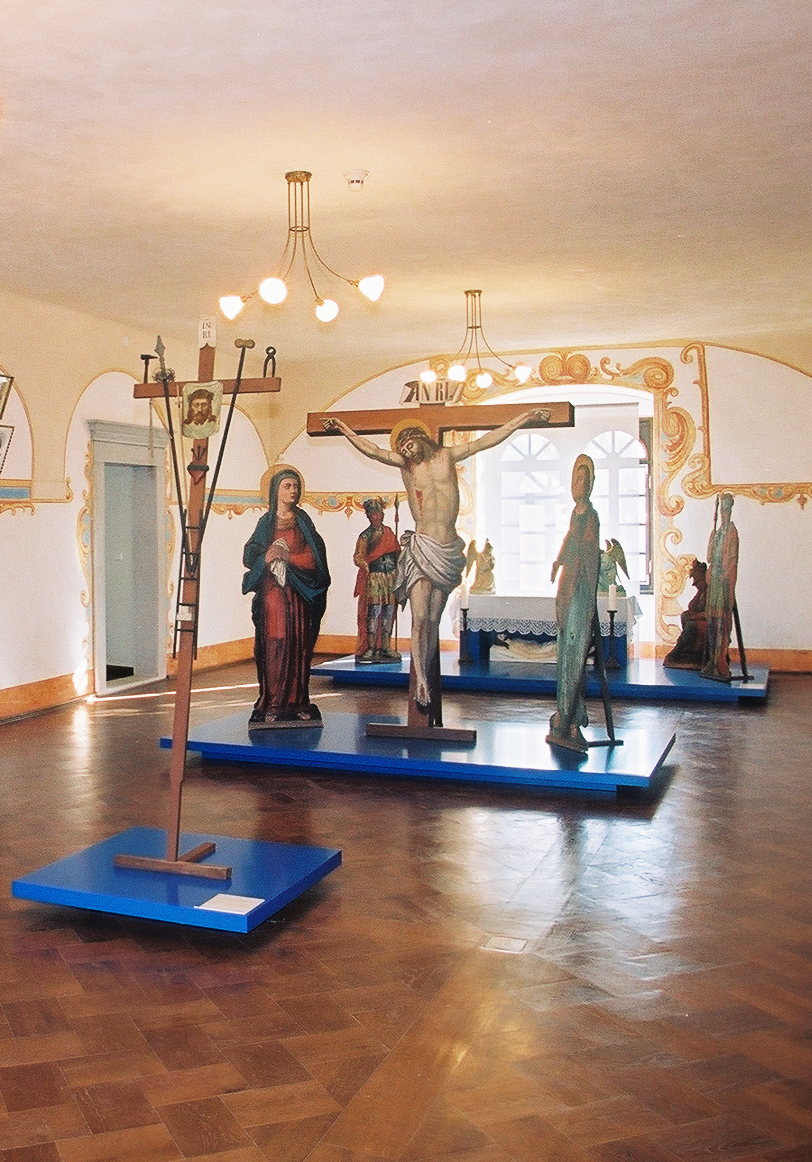Stična Monastery

© Občina Ig

© Občina Ig

© Občina Ig

© Občina Ig

© Občina Ig

© Občina Ig

